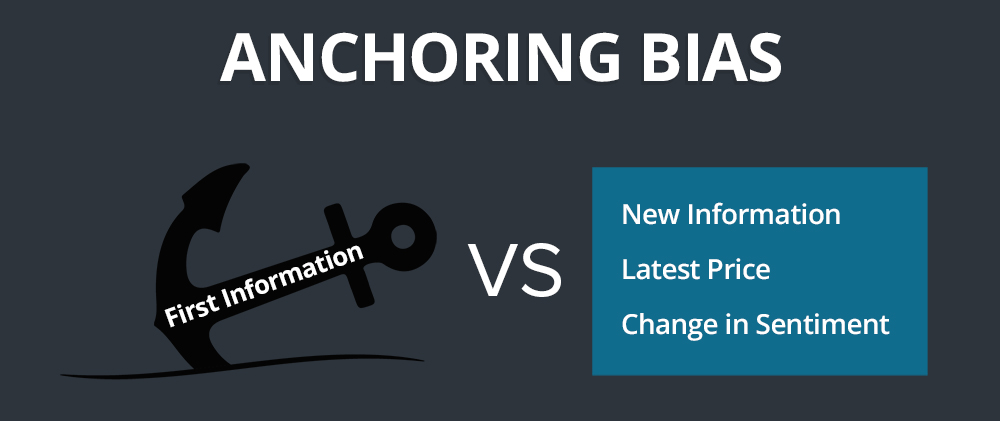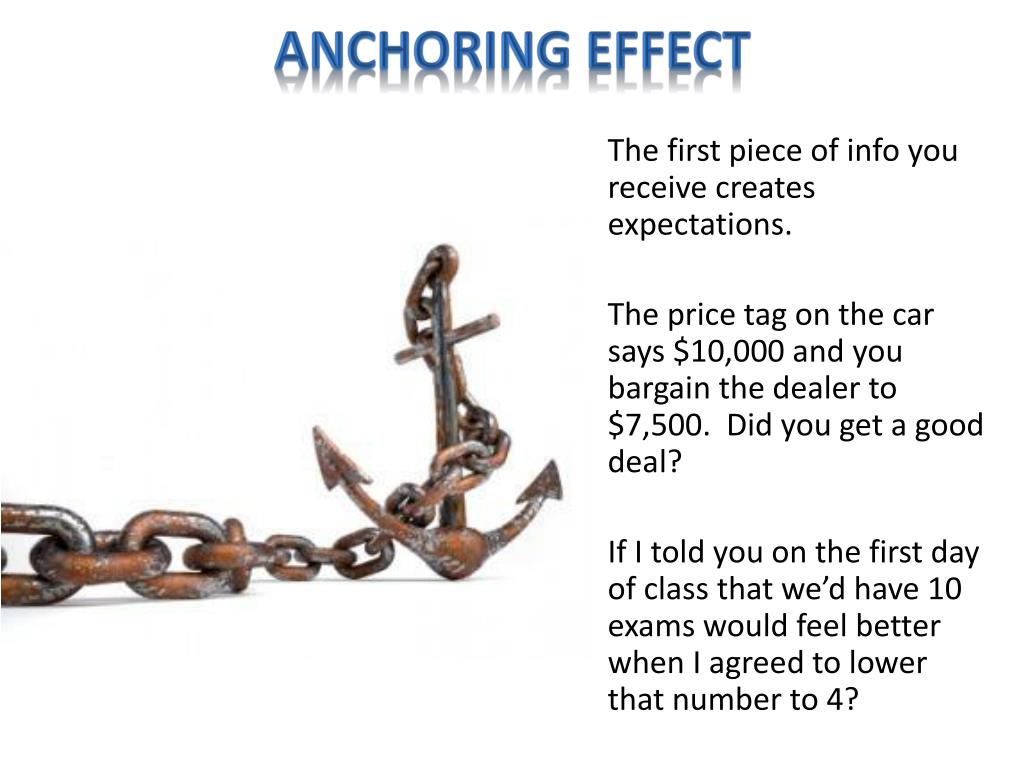
Remind the students to fill out the transaction sheet once they are done with the transaction. Tell the students that once the buyers and sellers have chosen a negotiation partner, they must make a deal with that individual with no shopping around. Tell the students that in a few moments the market will open. Remind the students that in the market sellers are only selling one textbook and buyers are only buying one textbook. They should do so without discussing it with others. Instruct the buyers to read “b” and fill in questions “c” and “d” on the information sheets. Give students a few minutes to read over their information sheet. Tell the students this is how they will be identified in the market. Instruct students to write their corresponding letter/ number on their badge ( Activity 2.2) and attach it to their shirts. Explain to the students that the sellers are represented by a letter and the buyers are represented by a number. Tell the students to look at their respective seller or buyer card. For larger classes you can have a volunteer pass out the materials and be the recorder of the prices. Hand out one card (one number) per student. Be sure to distribute the buyer numbers so that half of the buyers represent 40-50 and the other half of the buyers represent 80-90. This will be a one-round, one-time trading game.Īssign half of the class to be buyers and the other half to be sellers.ĭistribute to each seller a seller card (one letter per student), a seller information sheet, a seller transaction sheet, and a seller badge (one number per student).ĭistribute to each buyer a buyer card, a buyer information sheet, a buyer transaction sheet, and a buyer badge. Half of the class will be the sellers and the other half will be the buyers. Tell the students that they will be participating in a trading game. To help them with their response, suggest to students that they take notes summarizing the concepts that they learn. Tell students that at the end of the lesson they will write a response to the question based on what they learned from the lesson. Direct students to the question and have them write it down on a sheet of paper. Write the compelling question on the board. Understanding how anchors can influence our behavior can help us make better economic decisions.īehavioral Economics concepts in this Lesson: System 1 and System 2, Econs versus Humans, Reference point The evidence shows that those exposed to higher anchors produced a higher estimate or value, and those exposed to lower anchors produced a lower estimate or value. These experiments document a cognitive bias called anchoring. In some of these experiments, when subjects are asked if they believe the random anchor played a role in an estimate or value they were asked to place on something, they will state that it did not-even when the data suggests that it did. What is being saved in cost might not be as relevant as what is being spent.Įven random anchorscan influence decisions! Many experiments have shown that the simple exposure to a random number can induce individuals to provide estimates that are biased towards the initial (random) number.

Getting caught up in where they stand relative to the anchor can divert consumer attention away from how much they are really paying. Paying below the reference point feels good for consumers. In making the final decision on the price to pay, the reference point is a significant influence.

When making a large purchase such as a car, we immediately have a reference point by looking at the sticker price. The challenge is questioning the first piece of information to see if it is in our best interest to stick with it. This information becomes a reference point for all subsequent decisions that we make. We tend to rely quite heavily on the first piece of information to which we are exposed. The anchoring effect is one of the most robust topics studied in behavioral economics.


 0 kommentar(er)
0 kommentar(er)
